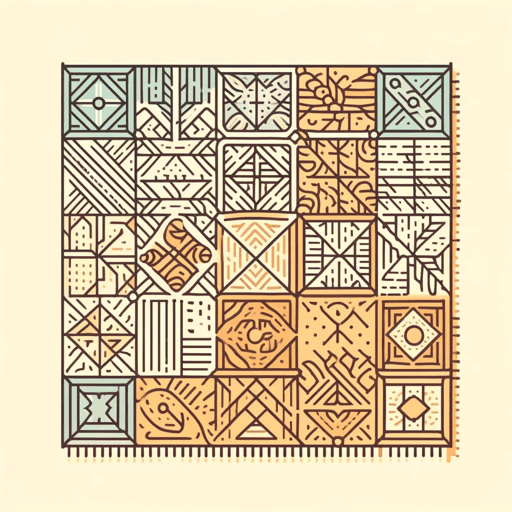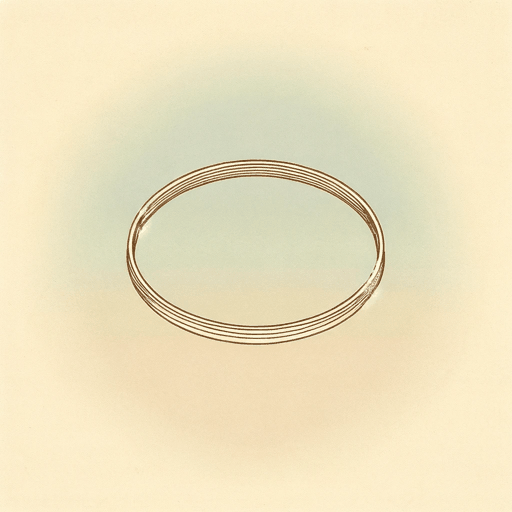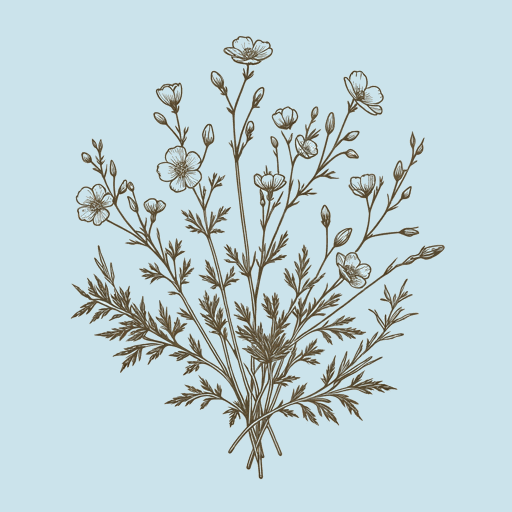73 pages • 2 hours read
Alice WalkerIn Search of Our Mothers' Gardens
Nonfiction | Essay Collection | Adult | Published in 1983A modern alternative to SparkNotes and CliffsNotes, SuperSummary offers high-quality Study Guides with detailed chapter summaries and analysis of major themes, characters, and more. For select classroom titles, we also provide Teaching Guides with discussion and quiz questions to prompt student engagement.
Symbols & Motifs
Gardens
In her essay “In Search of Our Mothers’ Gardens,” Walker writes about her own mother’s gift for gardening: “And I remember people coming to my mother’s yard to be given cuttings from flowers; I hear again the praise showered on her because whatever rocky soil she landed on, she turned into a garden” (241). Walker’s mother’s life was generally difficult, Walker writes; she married as a teenager, had five children, and worked alongside Walker’s father as a sharecropper, in addition to taking care of all of the domestic duties in the household.
While Walker’s mother’s garden is real and literal, it is also a central symbol in the essay. It is meant to signify what Walker sees as the innate creativity of an older generation of African-American women, an artistry that they were forbidden by law from expressing—slaves were not allowed to read or write—and often did not even realize that they had: “They waited for a day when the unknown thing that was in them would be made known; but guessed, somehow in their darkness, that on the day of their revelation they would be long dead” (233). Walker sees the contemporary black female artist as expressing the latent artistry of her mother and her mother before her, a process that reaches back into the past at the same time that it addresses the present:
Related Titles
By Alice Walker

By the Light of My Father's Smile
Alice Walker

Everyday Use
Alice Walker

Meridian
Alice Walker

Possessing the Secret of Joy
Alice Walker

Roselily
Alice Walker

Strong Horse Tea
Alice Walker

The Color Purple
Alice Walker

The Flowers
Alice Walker

The Temple of My Familiar
Alice Walker

The Third Life of Grange Copeland
Alice Walker

The Way Forward is with a Broken Heart
Alice Walker

To Hell with Dying
Alice Walker

Women
Alice Walker

